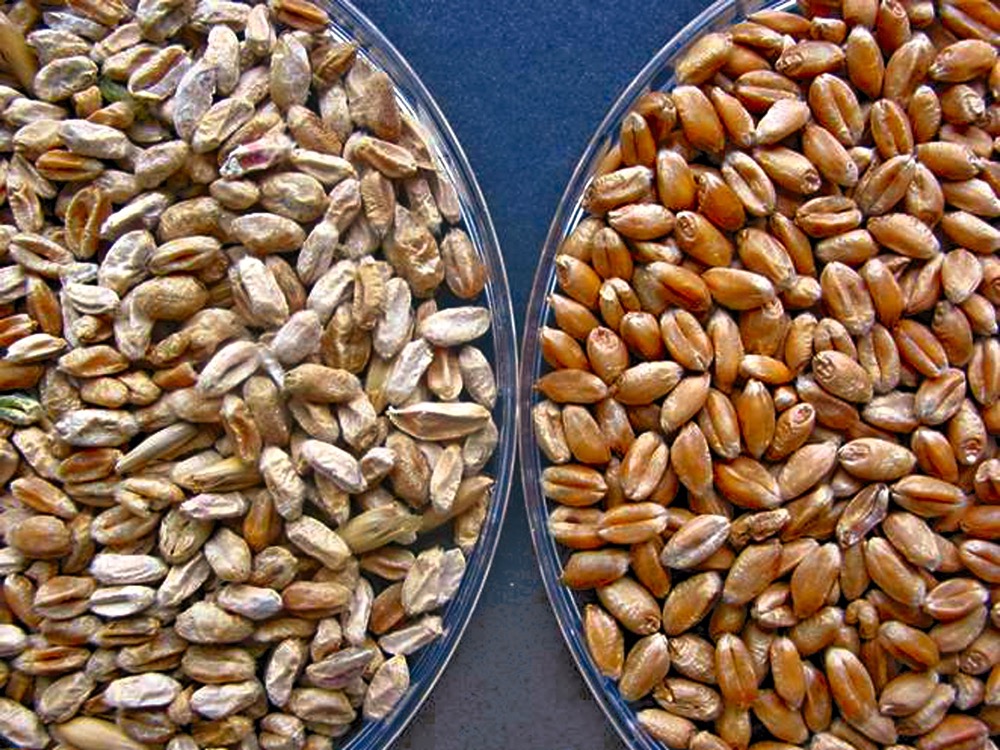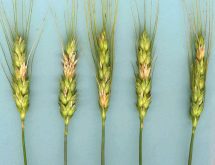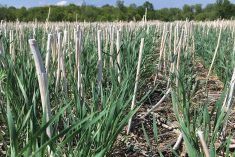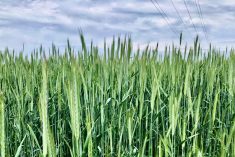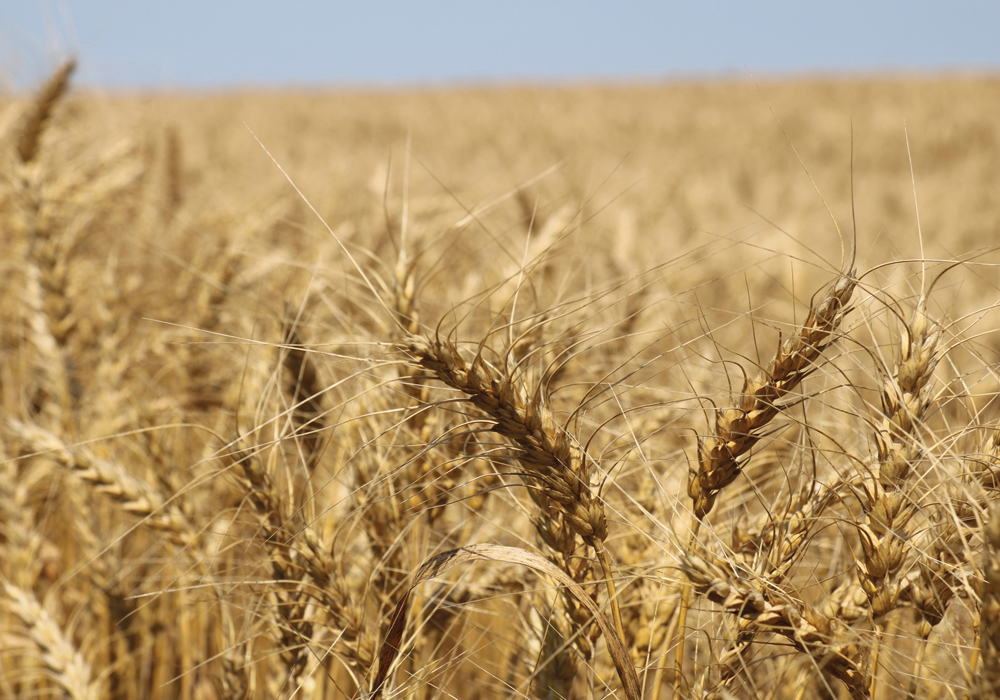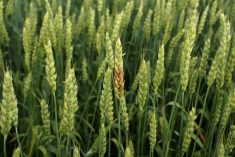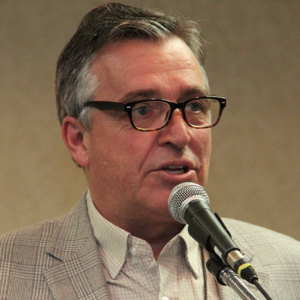A Winnipeg feed mill is about to become the first in North America to install infrared grain-sorting technology in a commercial facility.
Thanks in part to $1.1 million in funding from Growing Forward 2, Standard Nutrition Canada will integrate two BoMills into its St. Boniface facility over the next four months. The main allure of infrared technology is its ability to identify and remove fusarium-damaged grain kernels, said the company’s president and general manager, Jason McNaughton.
“This is really exciting for us,” he said, explaining that Manitoba’s wet weather has been in part to blame for the high prevalence of fusarium in the province, especially over the last 10 years.
“We do a good job of sourcing clean grain to feed our swine herd here in Manitoba, but it’s the cost which we pay for that clean grain,” McNaughton said. Currently the company brings in feed grain from farther west.
“So potentially, this is going to give us a competitive advantage, because we’ll be using local grain without the freight,” he added.
When running at full tilt, each of the Swedish-designed BoMills will be able to process three tonnes of grain per hour.
“We’re going to attempt to run them 24/7, once they’re set up and tested,” said McNaughton. “So we’ll be doing approximately a million and a half to 1.8 million bushels per year with the two machines.”
Using near-infrared analysis, the BoMill detects the chemical composition of individual grain kernels, which are then sorted into as many as three categories. Because the technology relies on chemical composition and not visual indicators of disease, a wide range of disease damage can be screened out.
According to Manitoba Agriculture, Food and Rural Development, the new technology is expected to increase the value of Manitoba grains by $4 million each year.
“This investment will help recapture more value from Manitoba’s grains and create new marketing opportunities,” said Manitoba Agriculture Minister Ron Kostyshyn. “The damage caused by fusarium and ergot can be a significant cost for Manitoba’s farmers and across the entire industry. This new infrared equipment is an innovative solution.”
The funding is also tied to the Grain Innovation Hub, which was announced by the Canada and Manitoba governments in May of last year.
“Canadian enterprises are constantly working to improve the competitiveness of the agricultural sector and create prosperity for the entire value chain,” said Canada’s Minister of State Kevin Sorenson, who stood in for federal Agriculture Minister Gerry Ritz at the funding announcement last week.
Earlier this year the Canadian International Grains Institute (Cigi) also received joint federal and provincial funding to purchase a BoMill as part of the Grain Innovation Hub. Prior to that the Winnipeg-based institute had to travel to the University of Saskatchewan to test infrared sorting technology.
McNaughton noted it was the research and testing done by Cigi and the University of Saskatchewan that helped Standard Nutrition make the decision to invest in the BoMill. In total, the project is expected to cost Standard Nutrition about $2.2 million.
Read Also

First Manitoba hay harvest short
Manitoba’s first hay cut of 2025 isn’t huge by initial counts, but things are worse farther west in the Prairies
“This investment by our company and governments is a key step in reclaiming the value of local crops while maintaining the integrity of the food we produce,” he said.
It will also rise to a new type of marketable byproduct. Instead of going to the landfill, grain that is unfit for feed will be mixed with other components to become fuel pellets.
“We’re selling it to people with coal-boilers… so what was once toxic byproduct is going to be turned into a burning pellet that will produce heat,” McNaughton said. “Heat absolutely destroys fusarium.”





